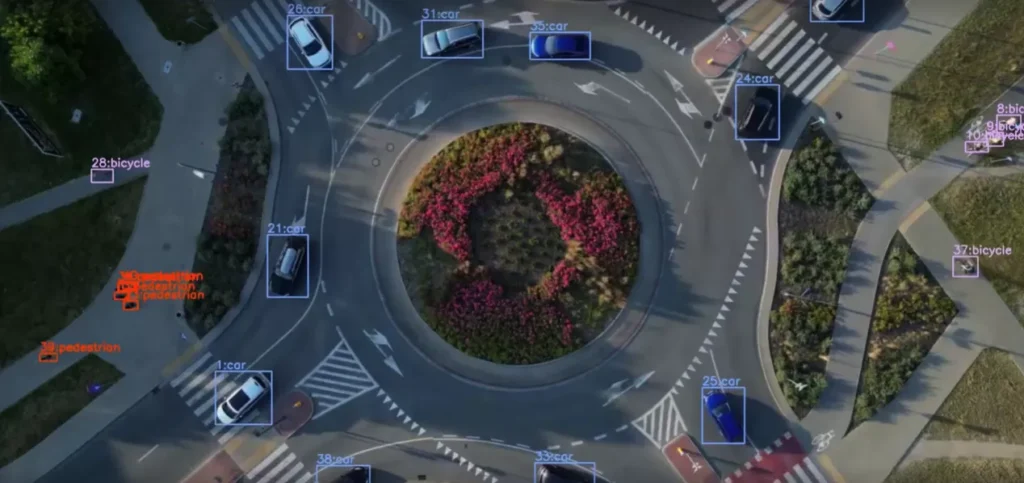
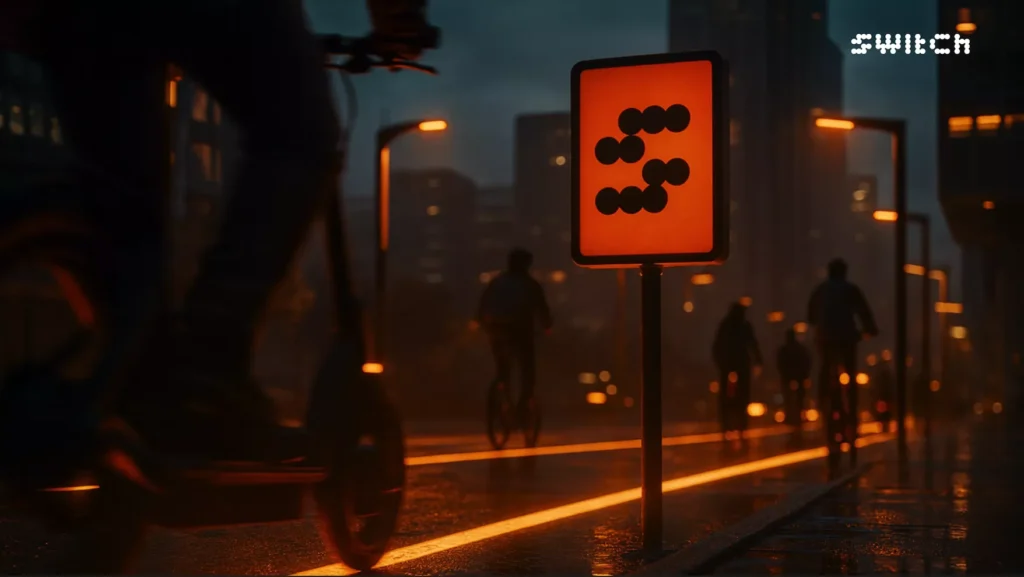

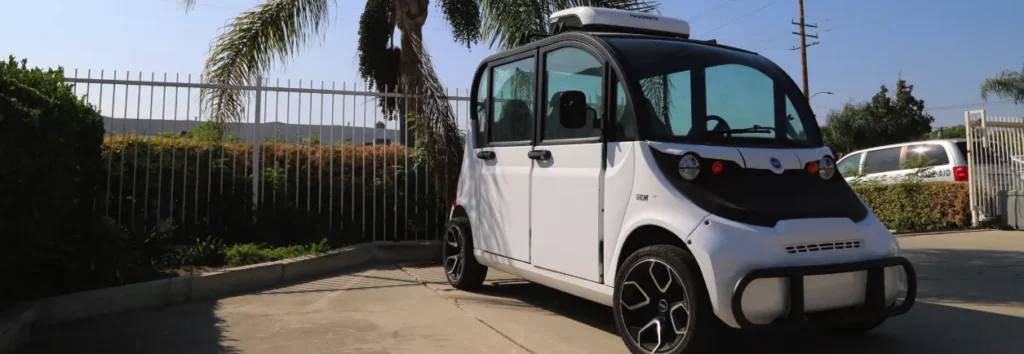
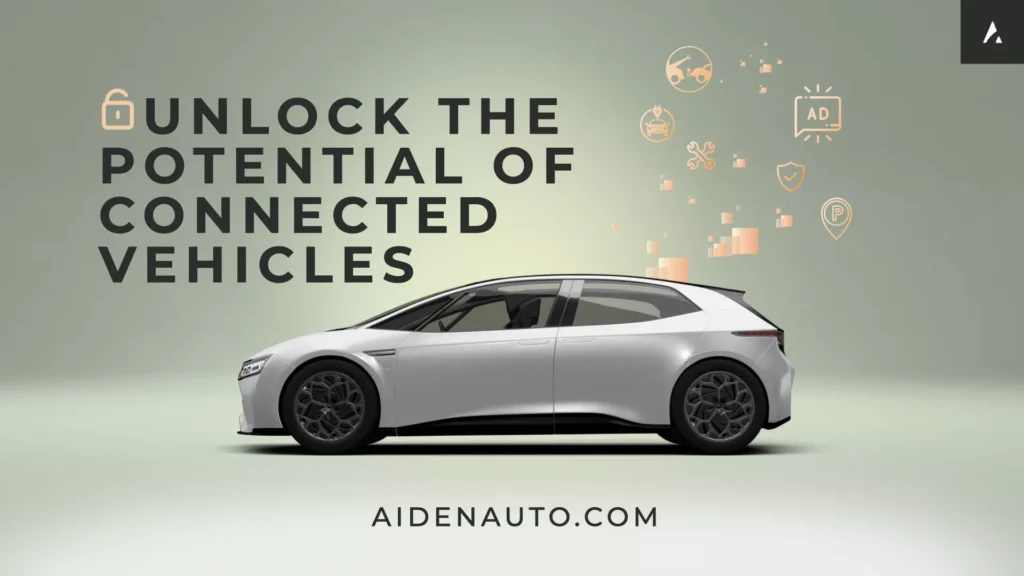





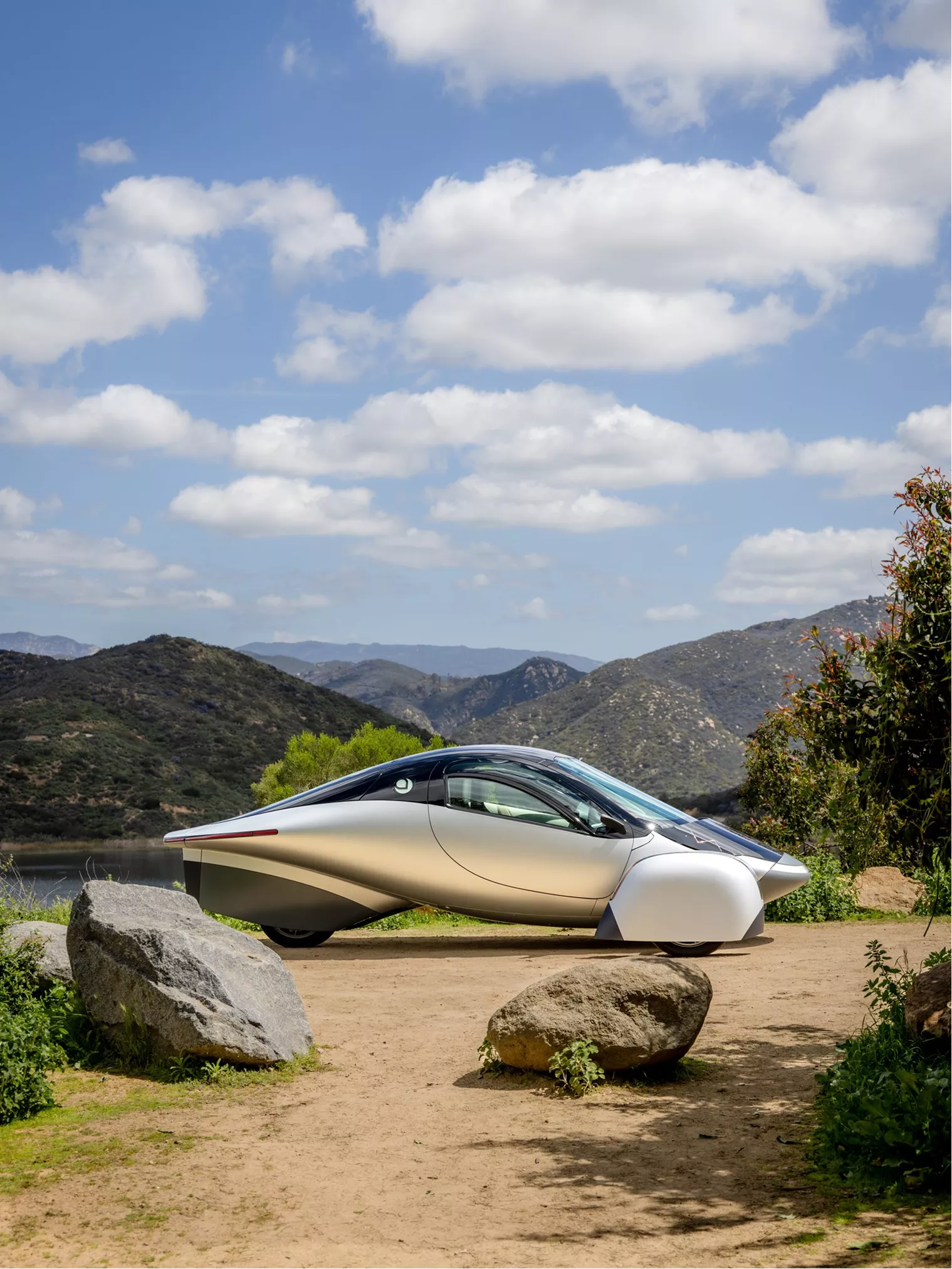
From EVs and batteries to autonomous vehicles and urban transport, we cover what actually matters. Delivered to your inbox weekly.
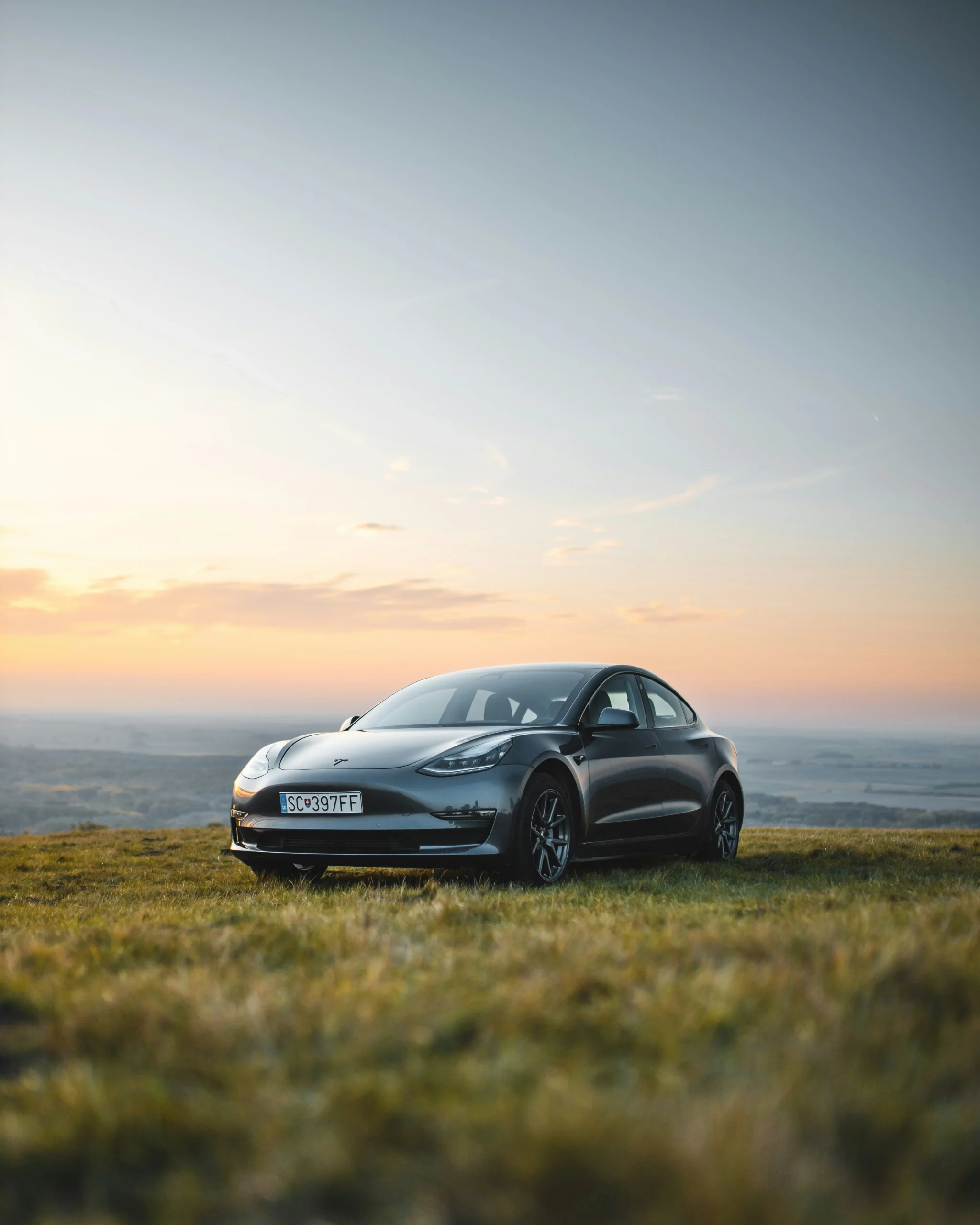
The Nevada facility will support two of Tesla’s major business lines: electric vehicles and stationary storage. The company has already started placing its second-generation LFP cells in GM’s Silverado EVs, helping trim battery costs by up to $6,000 per vehicle. Bringing volume production in-house is expected to improve margins and secure supply at a time when automakers face volatile prices and trade risks.
Tesla has also filed patents aimed at boosting LFP energy density by 33%, a key step toward closing the performance gap with nickel-based batteries while keeping manufacturing costs low. The added safety benefits — LFP chemistry significantly lowers fire risks — make it especially well-suited for grid storage installations and entry-level EVs, where durability and price matter more than high range.
This project fits into a broader push by the federal government to onshore battery production and reduce strategic dependencies. By localizing LFP manufacturing, Tesla supports U.S. goals to decarbonize transport and power infrastructure without deepening exposure to foreign critical mineral markets.
The Nevada ramp-up signals a shift in battery tech priorities. As cost and scalability begin to outweigh outright performance in many markets, LFP is no longer a niche alternative. High-volume production from a major player like Tesla suggests it’s moving to the center of the U.S. electrification strategy.
“`